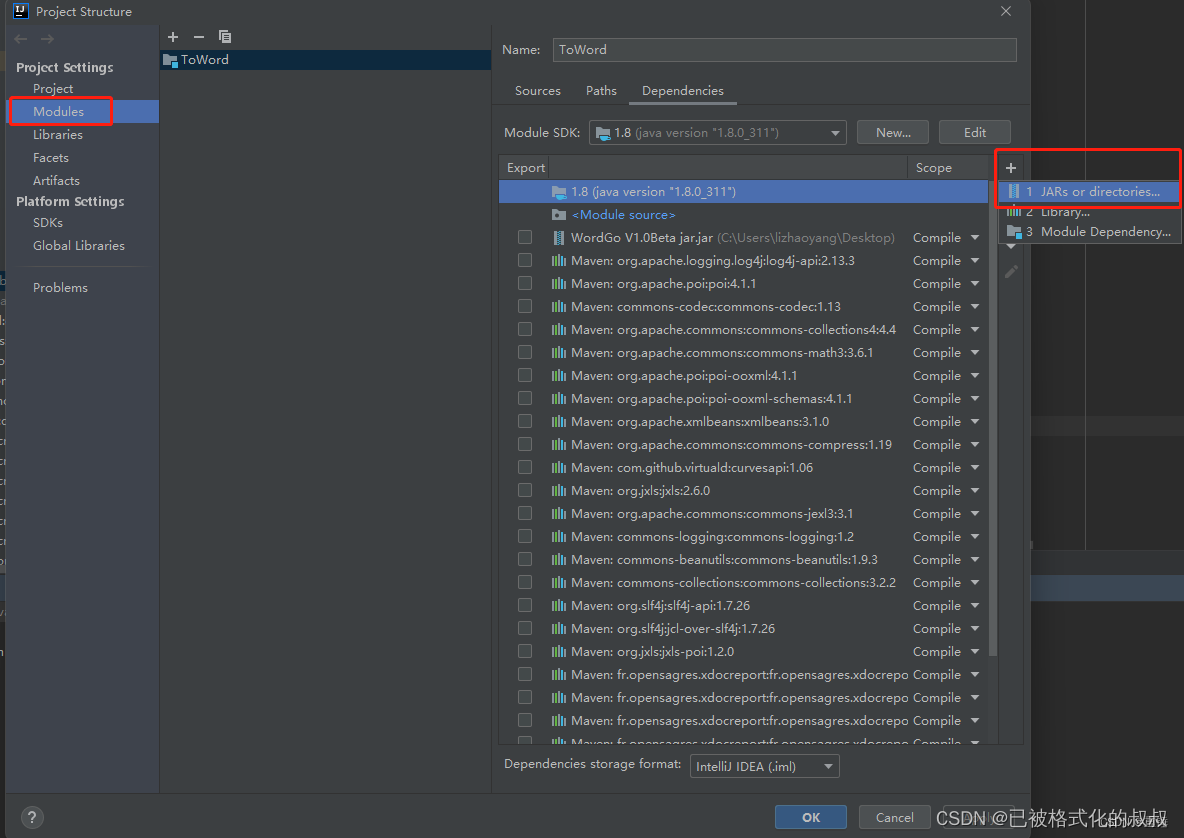MybatisPlus——自定义Sql
自定义sql
mybatisplus自定义sql并不是全部进行自定义的,我们可以利用MybatisPlus的Wrapper来构建复杂的Where条件,然后自己定义sql语句中剩下的部分。
自定义sql案例
以为例:将id在指定范围(1,2,6,9)的用户的年龄加上指定值(1,5)
1.mybatis中的写法
<update id="updateUserById">
update a_user
set age = age - #{num}
where id in (
<foreach collection="list" item="id" separator=",">
#{id}
</foreach>
)
</update>2.完全用Wrapper生成写法
@Test
void testUpdateWrapper() {
System.out.println(("----- delete method test ------"));
List<Integer> ids = List.of(1, 2, 6, 9);
UpdateWrapper<User> wrapper = new UpdateWrapper<User>()
.setSql("age = age + 1")
.in("id", ids);
int update = userMapper.update(null, wrapper);
System.out.println("update = " + update);
}为了避免sql语句写在业务逻辑层,一般不会采用上述方法
MP自定义sql的应用场景
而MP擅长的是where条件的构建,在一些特殊的场景下,mp使用起来会十分麻烦,所以我们可以采用把where条件相关的交给mp,一些其他的复杂sql语句我们自己来定义。
MP自定义sql步骤
1.基于Wrapper构建where条件
@Test
void testCustomUpdateWrapper() {
System.out.println(("----- delete method test ------"));
//1.更新的数据
List<Integer> ids = List.of(1, 2, 6, 9);
int num = 2;
//2.更新的条件
QueryWrapper<User> wrapper = new QueryWrapper<User>().in("id", ids);
//3.调用自定义sql方法
int update = userMapper.updateAgeById(wrapper,num);
}2.在mapper方法参数中用Param注解声明wrapper变量名称,必须是ew
@Mapper
public interface UserMapper extends BaseMapper<User> {
int updateAgeById(@Param("ew") QueryWrapper<User> wrapper,@Param("num") int num);
}3.自定义sql,并使用Wrapper条件
<update id="updateAgeById">
update a_user
set age = age + #{num} ${ew.customSqlSegment}
</update>4.更新结果

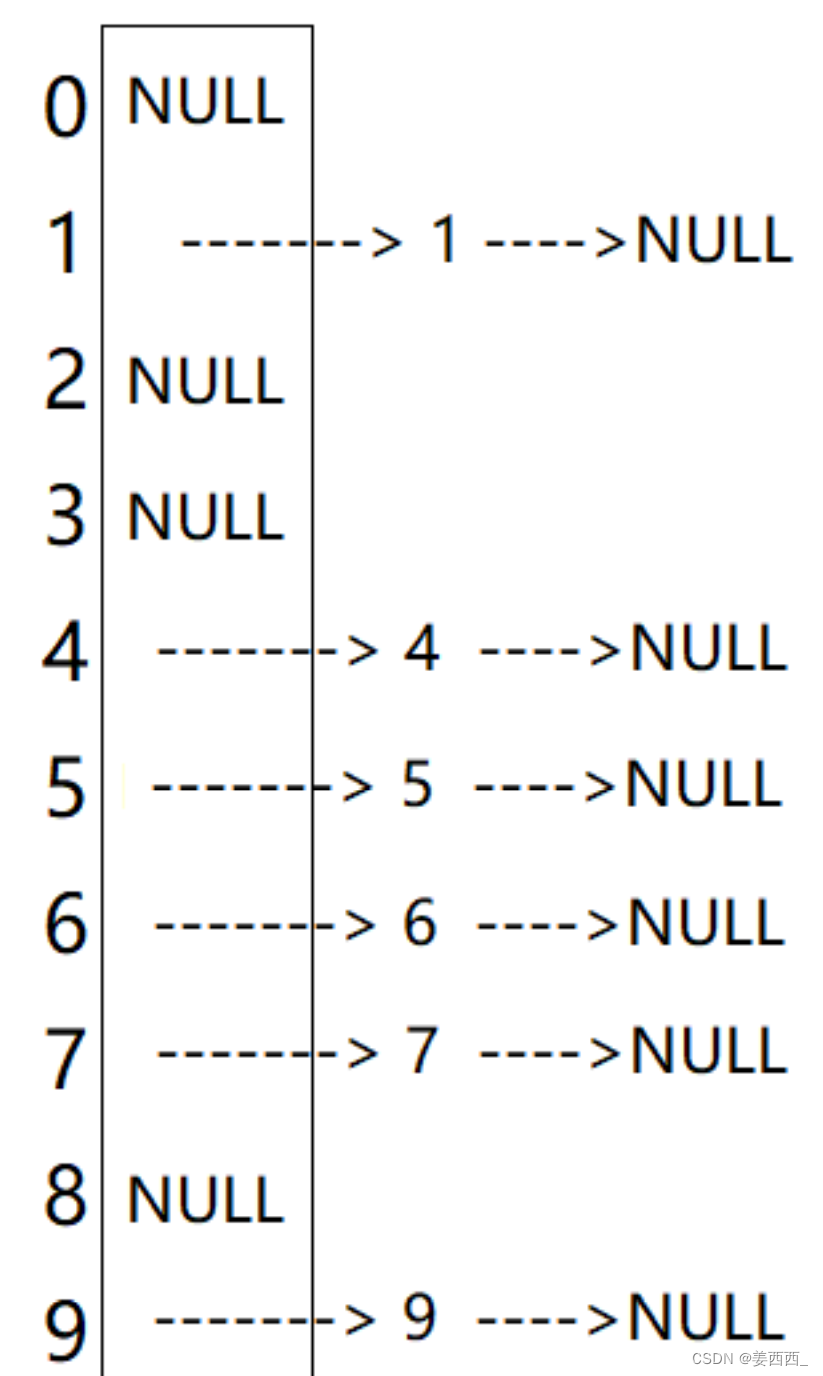
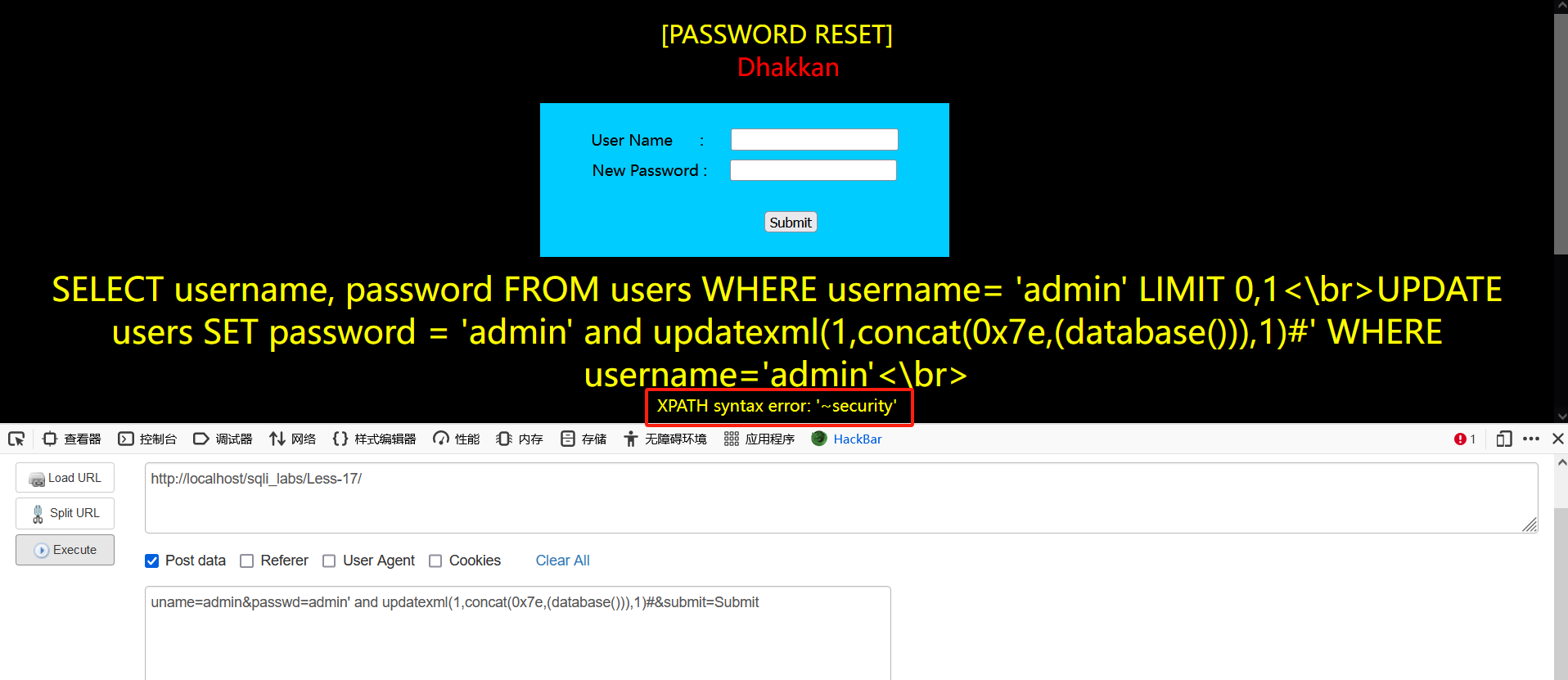
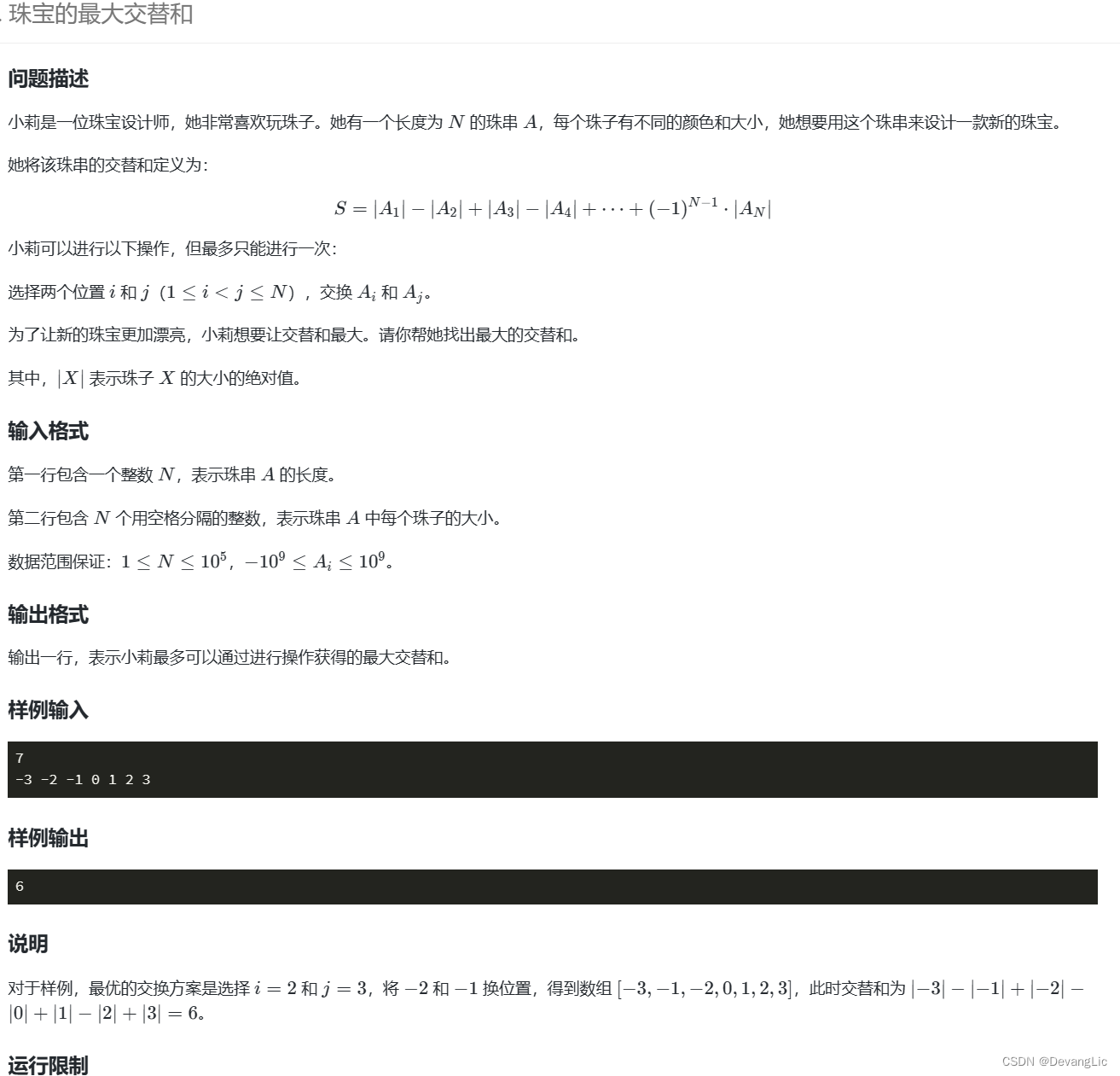
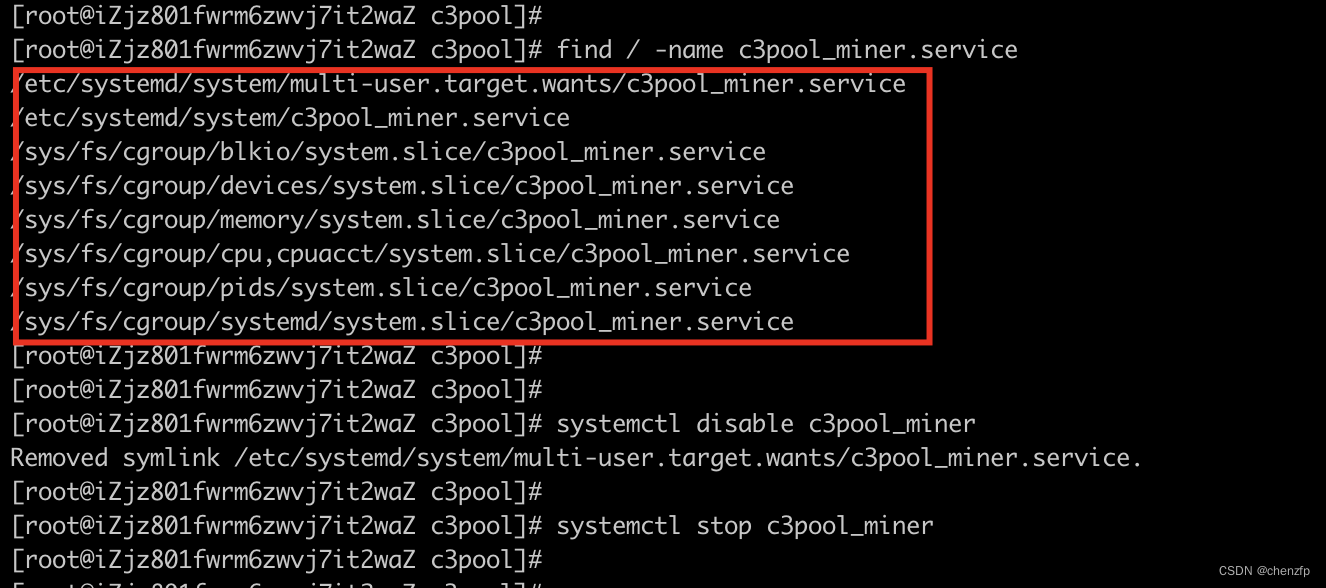
![[docker] 核心知识 - 概念和运行](https://img-blog.csdnimg.cn/direct/6375d30c44554678a126d287dd41648d.png)
![[Linux][基础IO][二][缓冲区][理解文件系统]详细解读](https://img-blog.csdnimg.cn/direct/40fbfe2c55234219b40fb9dc5f69018d.png)
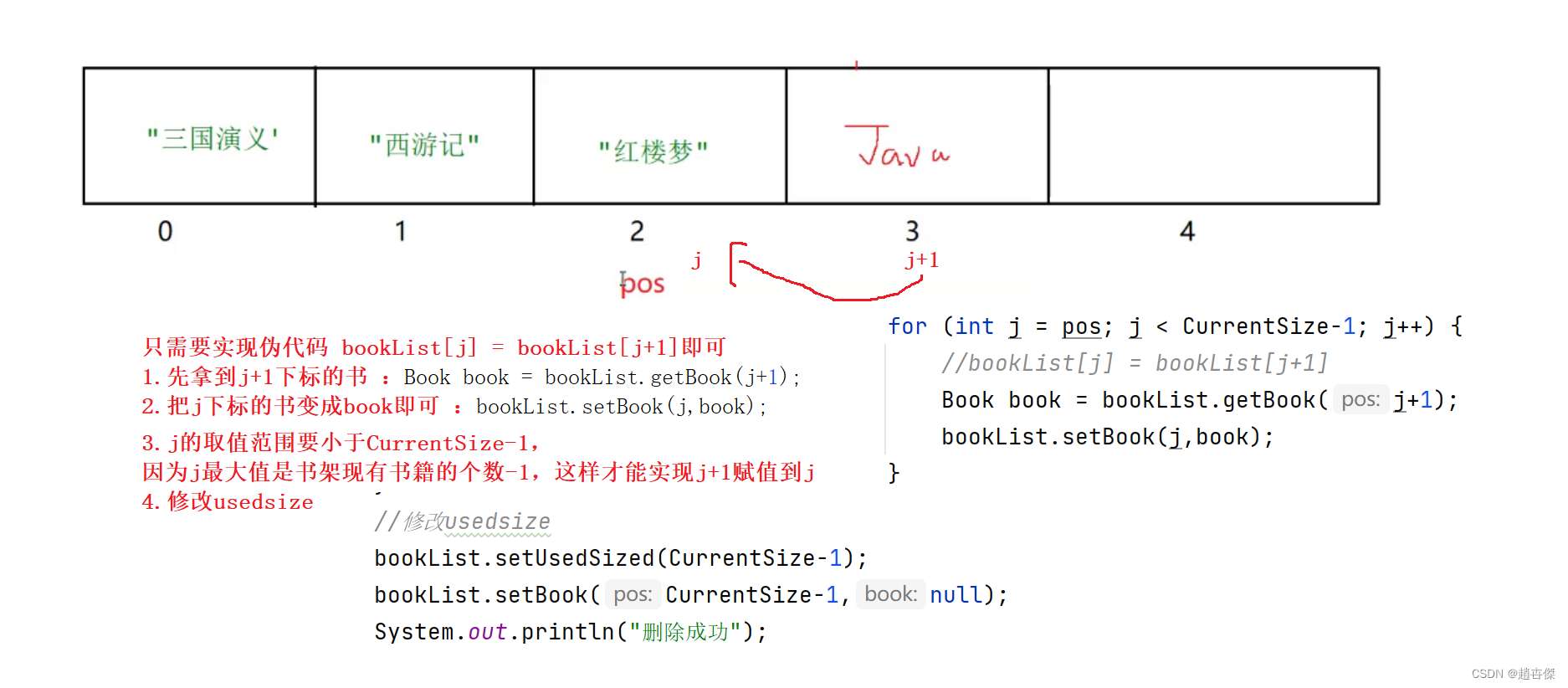

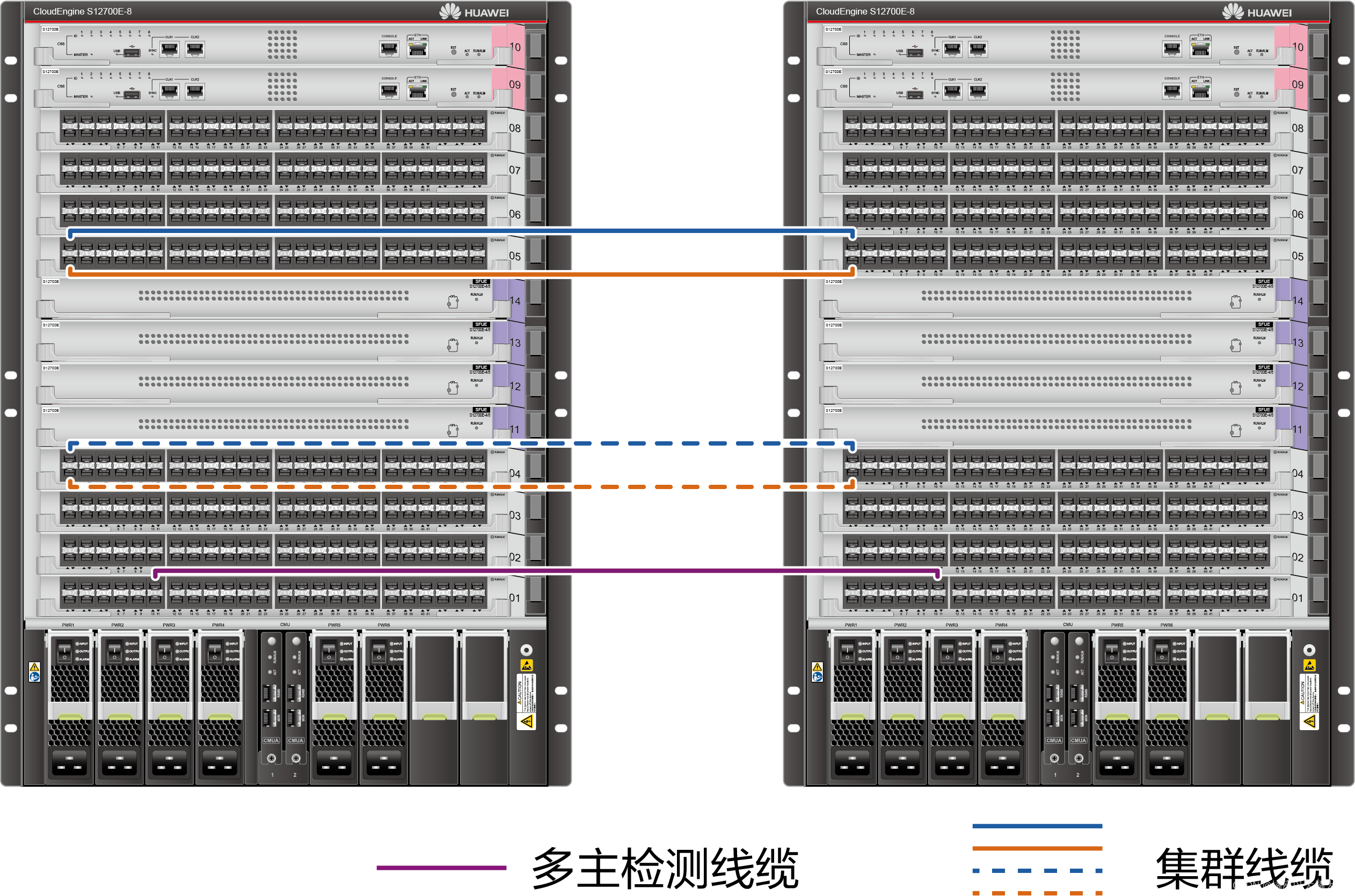

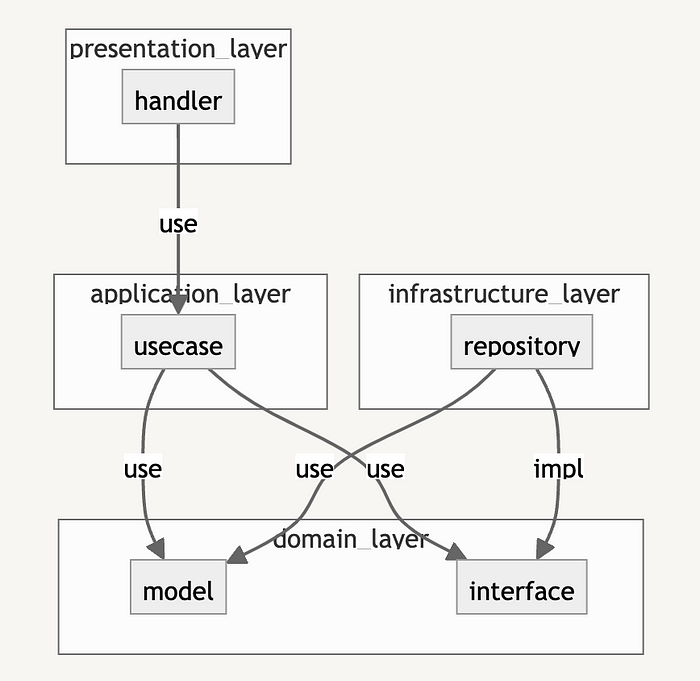


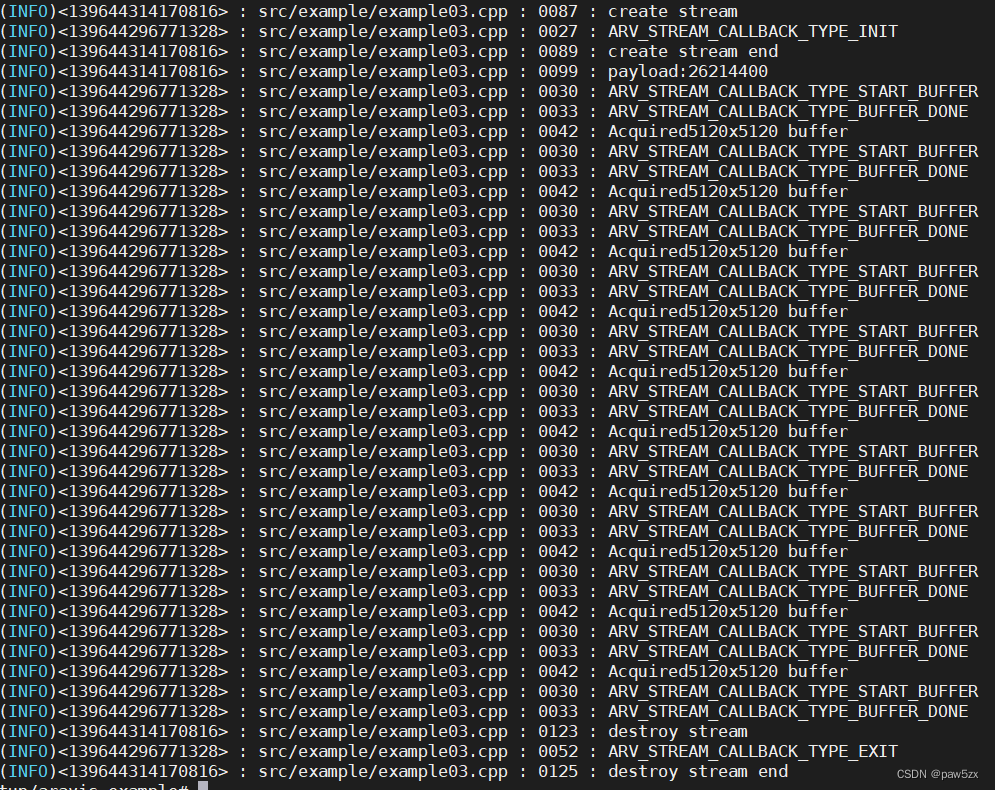
![[已解决]问题:root.users.hdfs is not a leaf queue](https://img-blog.csdnimg.cn/img_convert/55eeeb99a2641ae5fdd538ffc37ee1a2.png)


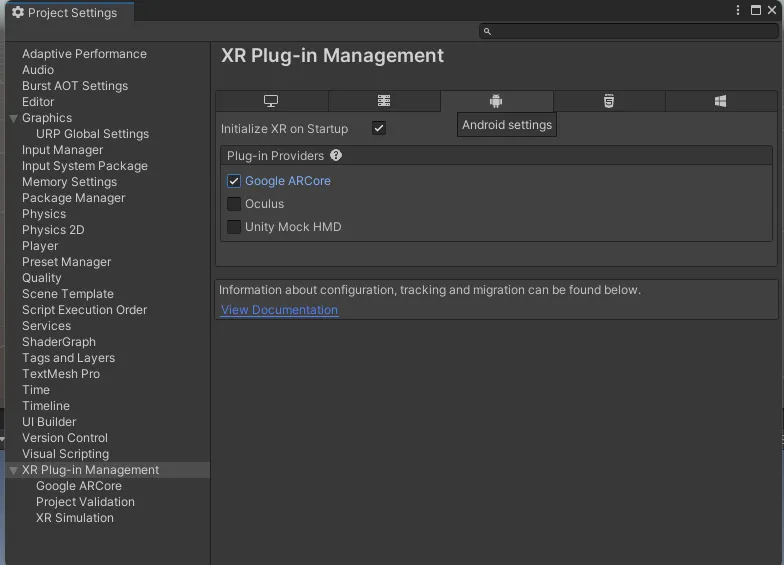
![[ROS 系列学习教程] 建模与仿真 - URDF 语法介绍](https://img-blog.csdnimg.cn/direct/9c48e82e2ba24645837a6c6a038cecd1.png#pic_center)
